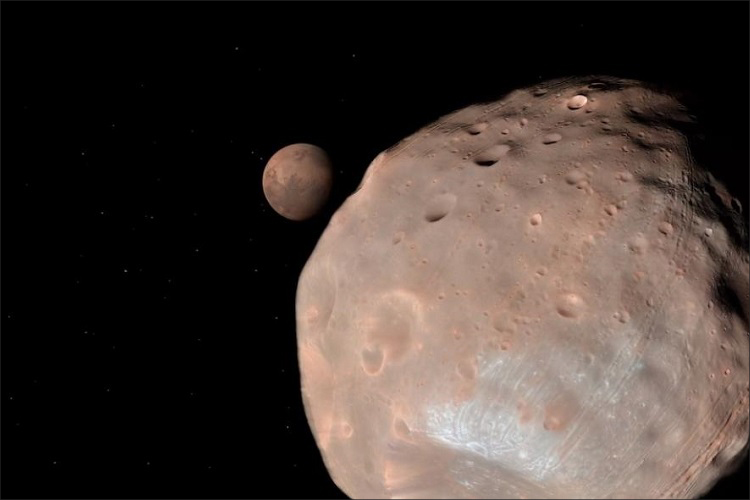Using high-resolution satellite imagery courtesy of NASA, you can now take an epic flight over the red planet with this stunning video from Finnish filmmaker Jan Frojdman.

Built at a cost of $40 million the HiRISE camera is part of the Mars Reconnaissance Orbiter that was launched in 2005 with the objective of monitoring the plant from within it’s orbit.
Over the past 11 years (it took a year to travel there), the powerful HiRISE camera has snapped 50,000 spectacular, high-resolution stereo images of the Martian terrain from the planet’s orbit.
And when we’re talking about high resolution images we mean 800 megapixels- To put it in perspective the camera on the iPhone that was released 2 years after the launched was 2 megapixels, and the latest camera on an iPhone 7 some 12 years after launched is still a mere 63 megapixels.
The quality of the pictures needs to be so high as were they just simply taken with an ‘average’ camera the quality would be very poor due to the red dusty atmosphere.
However even with an 800 megapixel photo it’s still hard to get a truly representation of how the red planet shapes up – not least that the file size of each picture produced are 16.4 GB in size!
What you really need is dimension and movement
Step forward Finnish filmmaker Jan Frojdman who has transformed the HiRISE imagery into a dynamic, three-dimensional, overhead view of the martian landscape.
For Frojdman, creating the flyover effect was like assembling a puzzle. He began by colourising the photographs (HiRISE captures images in grayscale). Next he then identified distinctive features in each of the anaglyphs - craters, canyons, mountains, and matched them between image pairs to create the panning 3-D effect. Finally he stitched the images together along his reference points and rendered them as frames in a video.
The video took 3 months to complete, but the results are truly amazing. Take a look at it below.